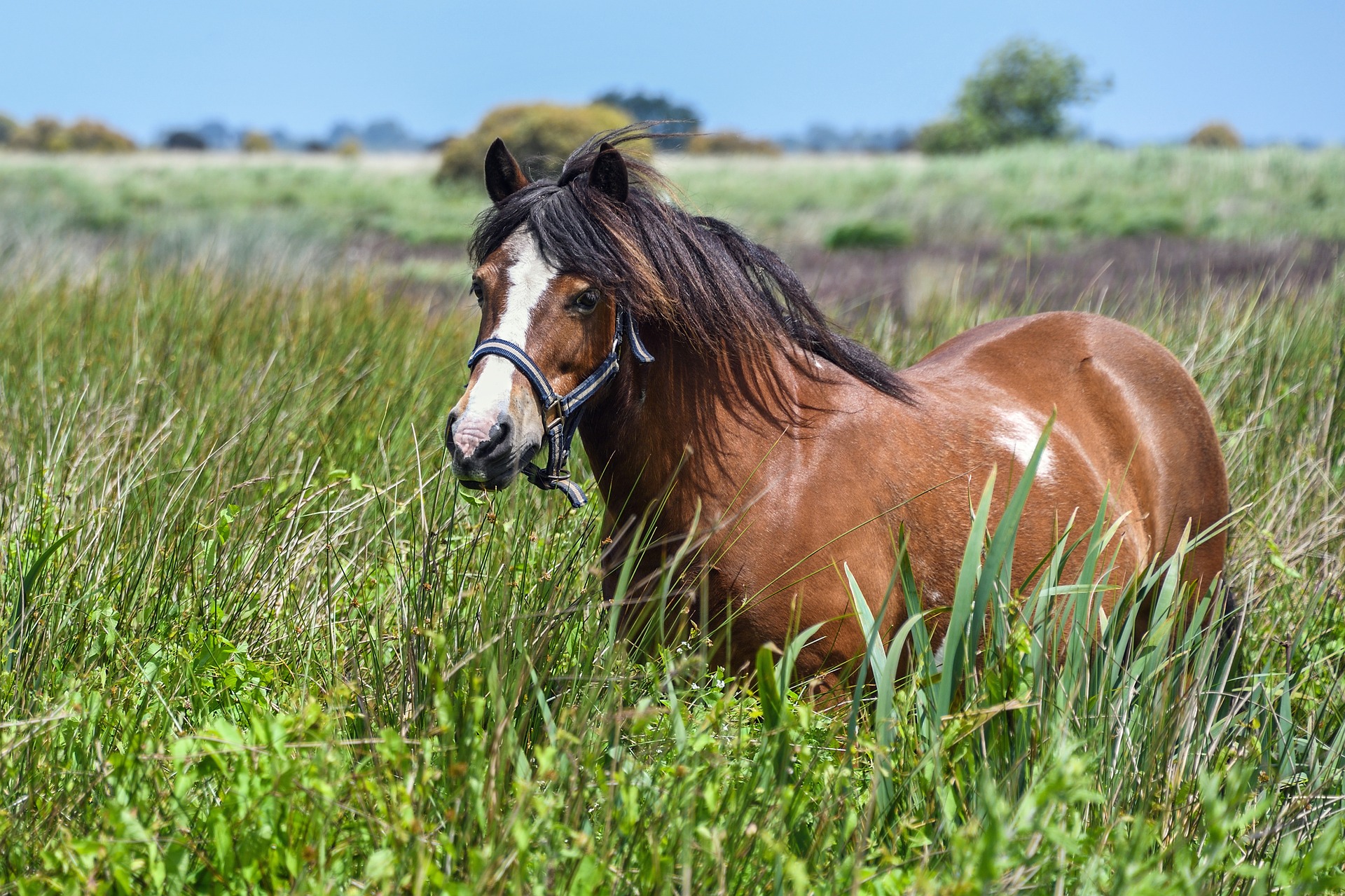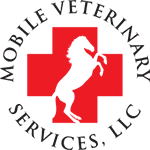 At what age is a horse considered geriatric or senior? Does owning a senior horse mean that he must eat a feed labeled as a “senior” feed? As always, the answer is, it depends. Our horses are living longer lives than ever, thanks to an evolving understanding of the...
At what age is a horse considered geriatric or senior? Does owning a senior horse mean that he must eat a feed labeled as a “senior” feed? As always, the answer is, it depends. Our horses are living longer lives than ever, thanks to an evolving understanding of the...
 As horsepeople, we know it’s necessary to implement slow transitions between grains and forages when changing our horse’s diet, but why the caution? The Function of the Foregut and Hindgut The foregut consists of the stomach and small intestine and is the site of...
As horsepeople, we know it’s necessary to implement slow transitions between grains and forages when changing our horse’s diet, but why the caution? The Function of the Foregut and Hindgut The foregut consists of the stomach and small intestine and is the site of...
 By Dr. Allison Hartman Laminitis has been a bane of horseman and farriers since the horse was first domesticated. As our medical knowledge and diagnostic abilities have evolved, so has our understanding of the contributing factors of this disease process,...
By Dr. Allison Hartman Laminitis has been a bane of horseman and farriers since the horse was first domesticated. As our medical knowledge and diagnostic abilities have evolved, so has our understanding of the contributing factors of this disease process,...
 Do you have a classic “easy keeper” pony or horse? Have you ever seen the horse that seems to gain weight on “thin air alone”? Have you ever run into a horse with a hair coat that just won’t shed out in the summer time? Then you may have dealt with either Equine...
Do you have a classic “easy keeper” pony or horse? Have you ever seen the horse that seems to gain weight on “thin air alone”? Have you ever run into a horse with a hair coat that just won’t shed out in the summer time? Then you may have dealt with either Equine...







